
views
Upgrading Your Head Unit

Select a new head unit. There are many brands and options out there. Kenwood, Pioneer, JL audio, and Sony are top of the line in this category. Each of these brands offers an entire line of stereos that are suited to fit different needs and budgets.
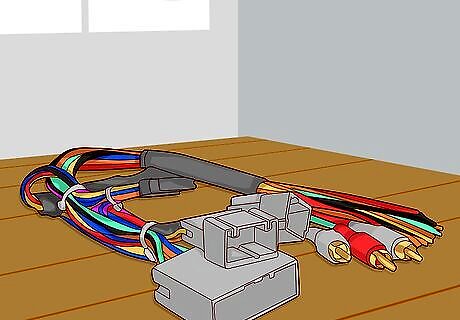
Buy the wiring harnesses for your head unit and your vehicle. Match the colors on the harnesses or follow the included diagram. This makes it much easier to install and later remove the head-unit should you decide to take it to another car, and a wiring harness adapter usually only costs around $20 or less. You may also need to purchase an antenna adaptor for your new head unit and vehicle.

Purchase a service manual for your car. You will need a service manual such as Haynes, but any manual that provides details for your make and model should work. Every stereo is different, and sometimes it is required that you remove parts of the dash/console to remove the stereo. This is where the manual will be most helpful. It can also be helpful to have a comprehensive guide on aftermarket stereo installation.
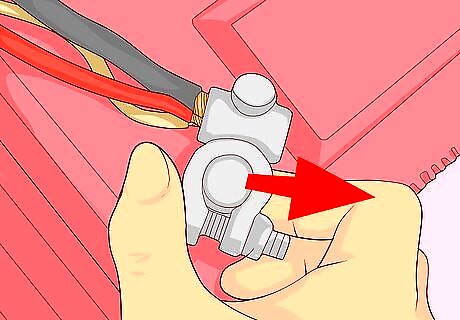
Unhook your battery’s ground terminal. This will cut power to the car and allow you to safely work on the electrical components (like stereo wiring).
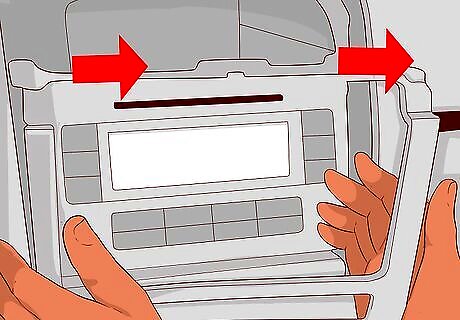
Remove the original head unit. This will usually consist of taking off some portion of the dash and or faceplate (consult your service manual) and then taking out the mounting screws that hold in your head unit. Once you’ve done this, the unit will slide right out.
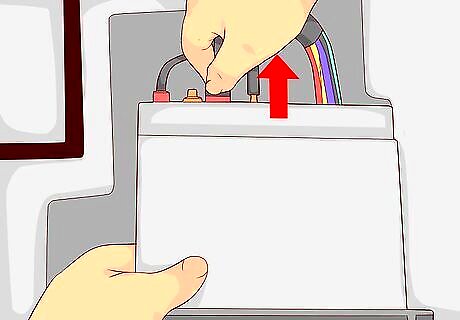
Unplug the wiring harness. It will be plugged into the back of your head unit. You will have access to it when you pull the head unit out. Some people choose to cut these wires away (especially if they didn’t purchase a wiring adaptor) but this can void the warranty.
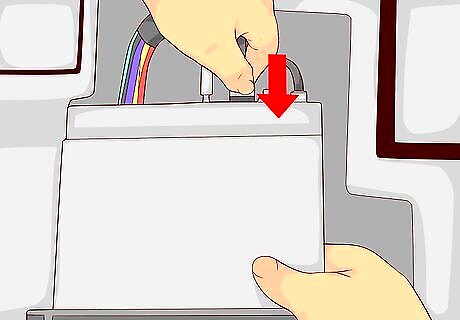
Connect your wiring harness adaptor to your new head unit. The wires will be clearly marked, as the adaptor is designed to make your car and head unit fit together. Crimp the wires as instructed in the wiring harness adapter's instructions. After crimping (or soldering as some choose to do), twist on appropriate sized wire nuts and make sure to keep your wires as neat as possible.
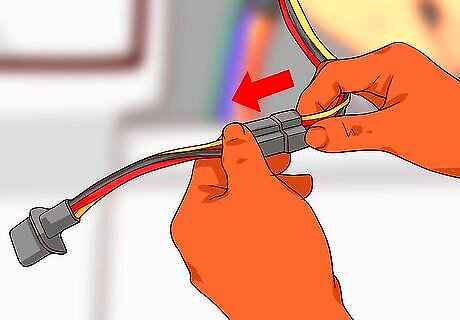
Plug the wiring harness adaptor into the factory wiring harness. This part is even easier than connecting the adaptor to the head unit. It literally is designed to plug right into your factory wiring harness. Do that now.
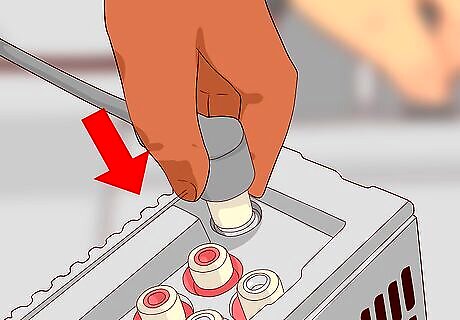
Connect the head unit to the antenna. If you needed an antenna adaptor, you can plug it into the back of the head unit and plug the antenna lead into the adaptor. Otherwise, your antenna should plug directly into the back of the head unit.
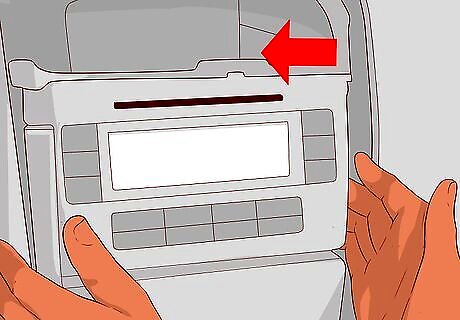
Mount the new head unit. The size of your original and aftermarket head units may be different. They typically come in one of three sizes - Single DIN, DIN and a half, Double DIN. If your aftermarket head unit is a different size than the original, you may need an adaptor, or DIN cage, to mount it. If they are the same size, the aftermarket stereo should bolt into the original mounting brackets for the head unit.
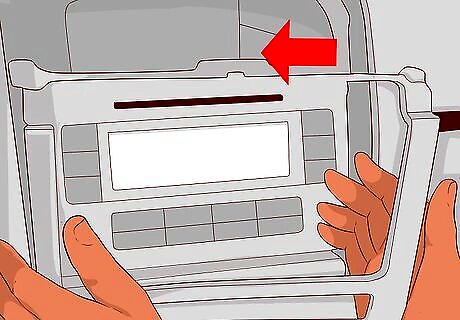
Replace any dash components. This is where your service manual will come in handy again. Now you need to put back together any pieces of the dash that were removed to get the stereo out.
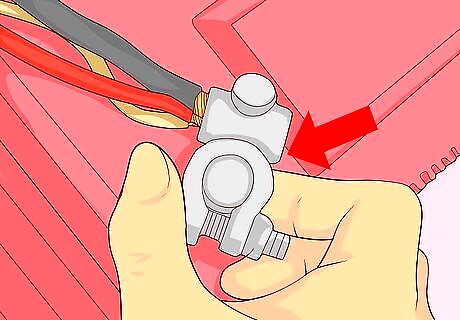
Reconnect the battery ground terminal. This will restore power to your car, and by extension, your new head unit.

Test your stereo. Now you should be able to turn on your stereo and enjoy a crisp, clean sound.
Upgrading by Installing an Amplifier
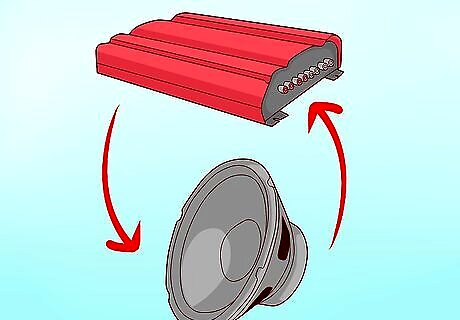
Match your amplifier (amp) to the speaker load of your system. Amps have a designated power and impedance rating. This rating needs to match the load you put on your amp. A low quality or low power amp matched to high speakers would not take full advantage of the speakers quality. A too powerful amp will blow your speakers in a couple months.
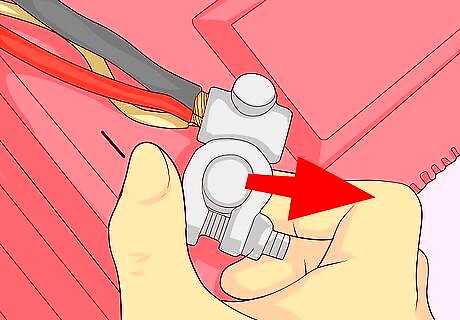
Kill power to your car’s electrical system. This can be done by disconnecting the battery ground cable. This will prevent injury or damage to your vehicle while working with wiring within the car.
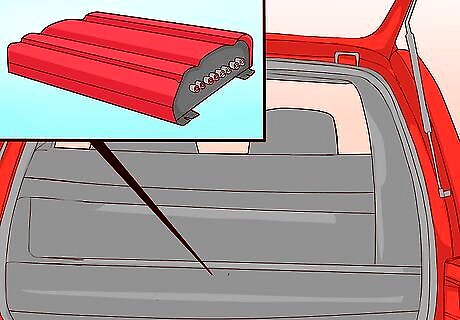
Find a home for your amp. This is important to get right. You want the amp to be somewhere where it can safely disperse heat. Otherwise, it will burn up and potentially start a fire. If you have an open trunk space that is usually ideal. Sometimes, another alternative is to put the amp under or behind seats, but be sure there is enough room for the amp to vent.
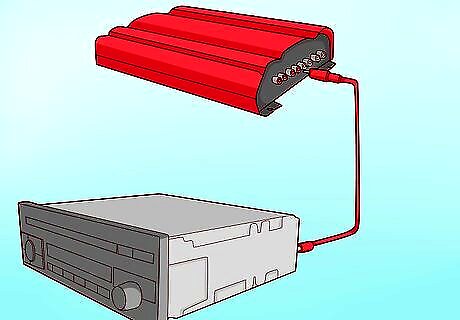
Wire the amp to the head unit. Using RCA cables is recommended for connecting the amp to the head unit, as they insulate the wire and dampen any distortion of the signal. It is also recommended that the cables be run on the side of the car opposite of the amp’s power wire to avoid signal interruptions that negatively impact sound quality.
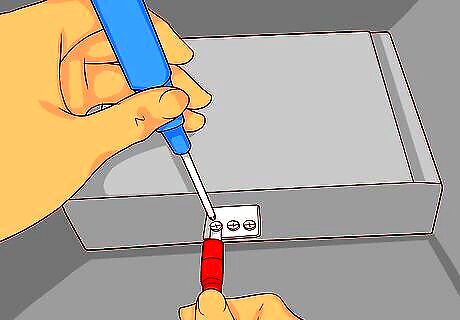
Power your amp. The amp should be connected to a switched power supply. This way, power is only provided when the car is turned on. The power wire (also known as the remote turn on wire) will sometimes plug directly into your head unit. If not you will need to connect it to a switched power supply such as the head unit power supply or the ignition switch.
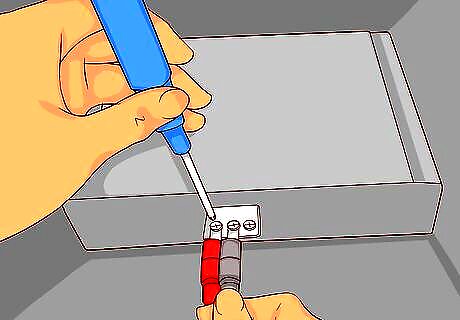
Ground the amp. You will need to connect the amp’s ground wire to another grounded wire or to any grounding point on the car. Grounding points are bare (clean, unpainted) metal surfaces. Be sure to do this somewhere that no one will incidentally touch it.
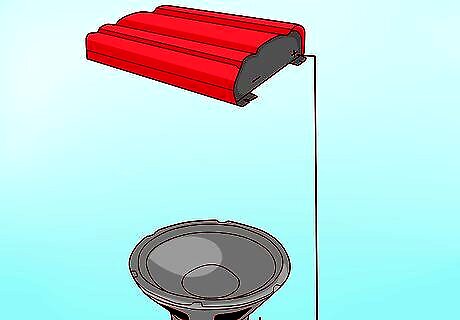
Connect the positive terminal your amp to your speakers. There purpose of the amplifier is, after all, to amplify the signal coming from the head unit to fully utilize the speakers. You may have to cut the speaker wires from a spool of wire and strip enough insulation off of the end to fit into the amp’s terminals. Each wire should then be run to its corresponding speaker and connected to the speaker’s positive terminal.
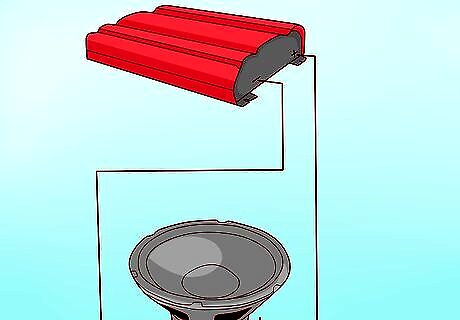
Connect the negative terminal of your amp to your speakers. For all speakers wired in series, connect only the last speaker’s negative wire to the amp’s negative terminal. For all speakers wired in parallel, connect the negative wire of each speaker to the amp’s negative terminal.
Upgrading Your Speakers

Match your speakers to your amplifier. The amplifier has a specific power rating and impedance rating. The speaker load needs to fit within these ratings or you will blow your speakers and/or burn up your amp. You need to understand the basics of wiring speakers before your start the job.

Purchase the best quality speakers in your budget. No matter how much you are spending on an amp or a head unit, if you have low quality speakers, you will get low quality sound. Speakers come from 1" tweeters to 15"+ subwoofers. Generally, a smaller speaker gives clearer highs and bigger speakers give deeper lows. Mid-range speakers come in 2 way (plays high and low) and 3 way (plays highs mid and lows).
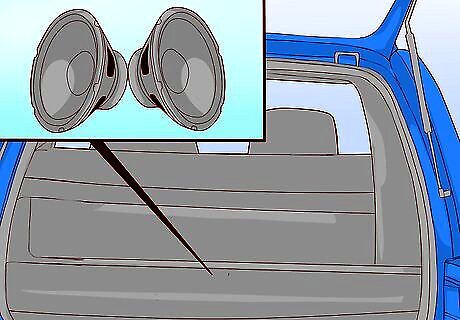
Find a home for your speakers. Speaker placement is important to consider. The difference in distance between the listener and one speaker as opposed to the others will change the perceived sound. It is recommended that speakers go in the kick panel when possible. However, it is sometimes necessary to put them in other locations, such as the trunk, for space purposes.
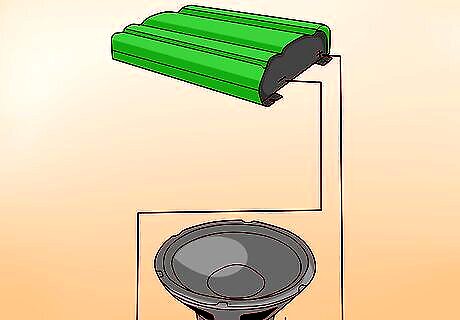
Wire the speakers to the amp. As described in the “Upgrading by Installing an Amp” section, you will need a spool of wire to run from the speakers to the amp (unless you are replacing a pre-existing speaker and the wire is already there). Your wiring will differ depending on whether you are wiring in series or in parallel.















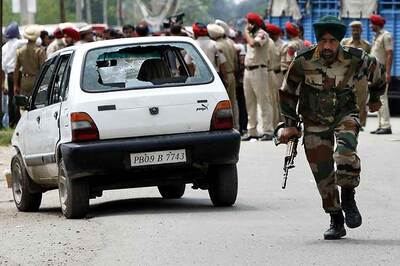
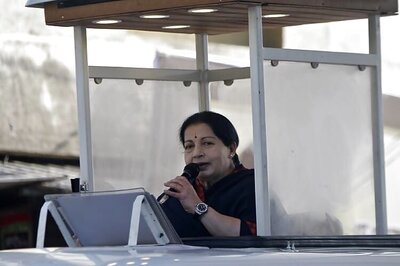



Comments
0 comment